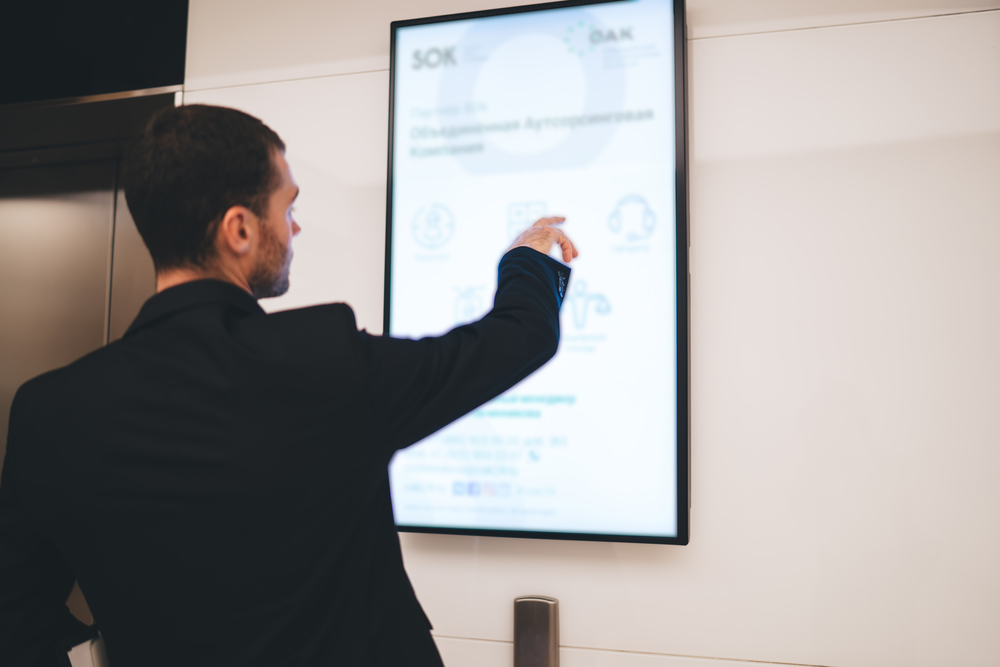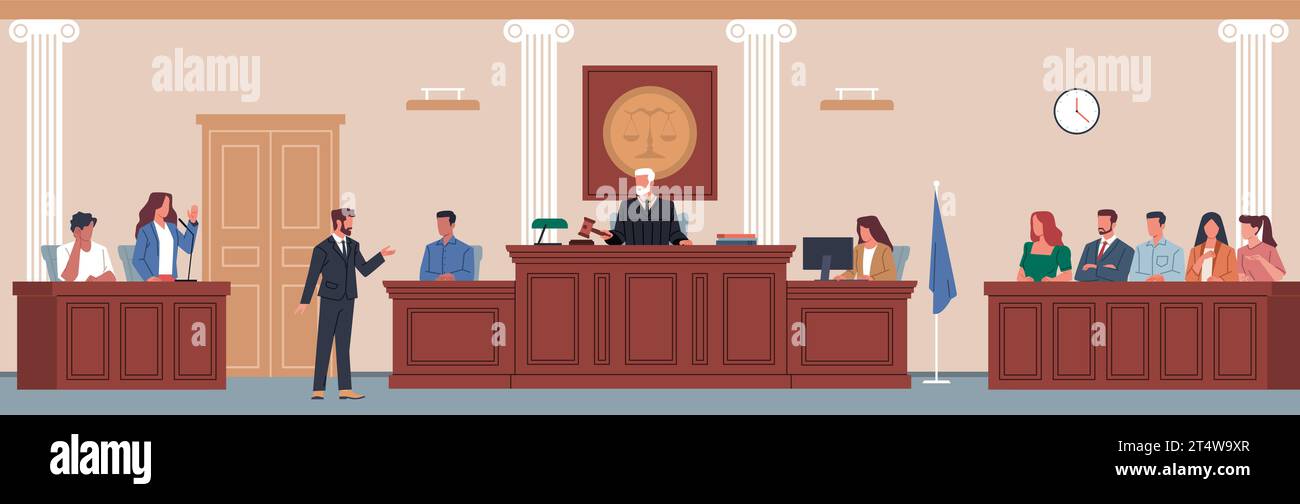Persuasive arguments require well-crafted trial presentations that make legal arguments compelling.
Persuasive arguments require well-crafted trial presentations that make legal arguments compelling.
Blog Article
Just How Trial Presentations Enhance Your Disagreement and Encourage Jurors
Trial presentations serve as a crucial system for enhancing lawful disagreements and persuading jurors. The critical usage of visuals not only makes clear complex information however also records jurors' interest more successfully than words alone.

Value of Visual Help
Visual aids play an important role in enhancing the effectiveness of test presentations, as they can dramatically raise target market engagement and retention of information. In the context of a trial, where jurors are charged with processing complicated details, visual help offer to streamline and make clear bottom lines. Graphes, graphs, and photos can share data and principles that might otherwise bewilder or confuse jurors, enabling an extra straightforward understanding of the proof offered.
Additionally, aesthetic aids help in keeping juror interest throughout the proceedings. By breaking the dullness of spoken statement, these tools can stress critical disagreements, making them extra unforgettable. Reliable aesthetic help can likewise evoke emotional responses, which can be pivotal in persuading jurors to align with the speaker's narrative.

Crafting Engaging Stories
An engaging story is necessary in trial discussions, as it works as the backbone of effective persuasion. It allows attorneys to weave with each other realities, evidence, and psychological elements into a coherent story that resonates with jurors. This narrative framework makes it possible for jurors to recognize the intricacies of the situation while leading them via the lawyer's debate.
To craft a compelling narrative, attorneys ought to focus on clarity and comprehensibility. This entails establishing a clear lead character-- typically the customer-- and detailing their journey via the occasions in question. Offering the facts in a logical series improves comprehension and keeps interaction. In addition, making use of vibrant summaries can develop psychological photos that help jurors picture the events, making the narrative a lot more unforgettable.
In addition, incorporating key themes throughout the discussion enhances the core message and help in retention - trial presentations. The story should not only communicate information but additionally stimulate a sense of justice, highlighting the risks included. Eventually, a well-constructed narrative promotes a link between the jurors and the instance, placing the attorney's debate as both credible and engaging, thereby enhancing the possibility of a favorable decision

Engaging the Jury Psychologically
Effective court interaction rests on the attorney's capacity to get in touch with jurors on a psychological degree. This connection can significantly influence jurors' perceptions and their utmost decision-making. Utilizing sob stories permits lawyers to humanize the instance, changing abstract legal principles right into relatable experiences. By providing real-life stories or testimonials, lawyers can stimulate empathy and concern, promoting a deeper understanding of the concerns at stake.
Aesthetic help, such as photographs or video clips, can better enhance psychological involvement, giving jurors with dazzling representations of the case's human components. Crafting official site a narrative that highlights the struggles and victories of the individuals included makes certain that jurors see past the legal debates and recognize the human repercussions of their choices.
An attorney's passionate delivery can resonate with jurors, enhancing their emotional financial investment in the instance. It's necessary to stabilize psychological allures with accurate proof, ensuring that jurors feel urged to act while continuing to be based in the truth.
Structuring Your Discussion

The body of the presentation must be logically segmented into bottom lines, each sustained by compelling evidence. It is helpful to use storytelling strategies to weave realities right into a story that jurors can quickly follow. Aesthetic aids, such as graphes and video clips, can enhance understanding and interaction, assisting to highlight essential pieces of evidence.
Real-World Study
Checking out real-world instance research studies supplies invaluable understandings right into the art of trial discussions and persuasion. The landmark case of "O.J. Simpson v. Individuals read what he said of California" illustrates exactly how visual help and engaging narratives can sway court understandings. The protection group properly used a method that integrated top-level specialist testimonies with multimedia presentations, which captivated jurors and eventually affected their decision.
An additional remarkable instance is the "McDonald's Coffee Situation," where the complainant's attorneys utilized visuals pictures of the injuries you can check here endured by Stella Liebeck. trial presentations. This plain aesthetic evidence played a vital duty in communicating the seriousness of her burns, leading to a significant court award. Such instances demonstrate that impactful trial discussions frequently depend upon the reliable integration of visuals and narration to evoke psychological feedbacks from jurors
In addition, the "Casey Anthony Test" highlighted the significance of narrative coherence and integrity. The prosecution's failure to establish a compelling timeline diminished their influential power, highlighting the requirement of a well-structured discussion. Assessing these cases reveals that successful test discussions call for strategic planning, emotional interaction, and the capability to resonate with jurors' worths and beliefs.
Final Thought
Test presentations substantially improve debates and encourage jurors through the critical use of visual help, engaging stories, and psychological involvement. A well-structured presentation equilibriums psychological charms with accurate proof, inevitably resonating with jurors' values.
Report this page